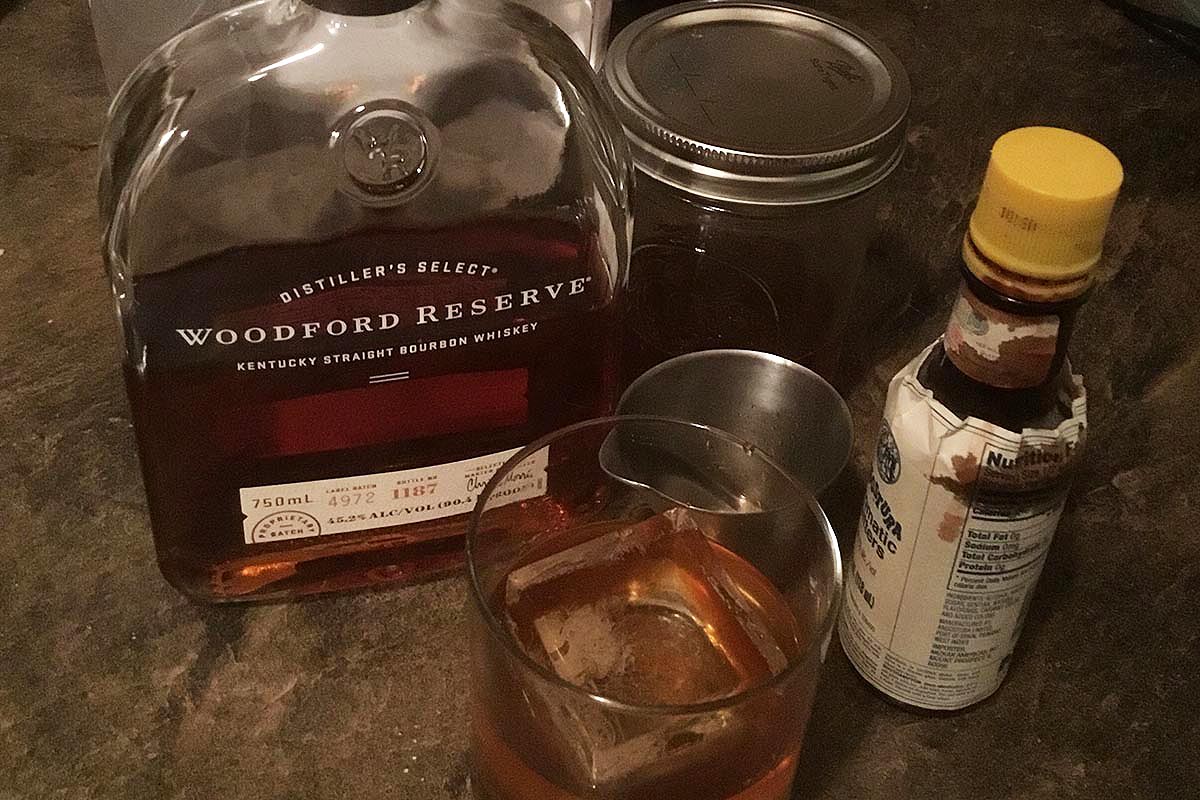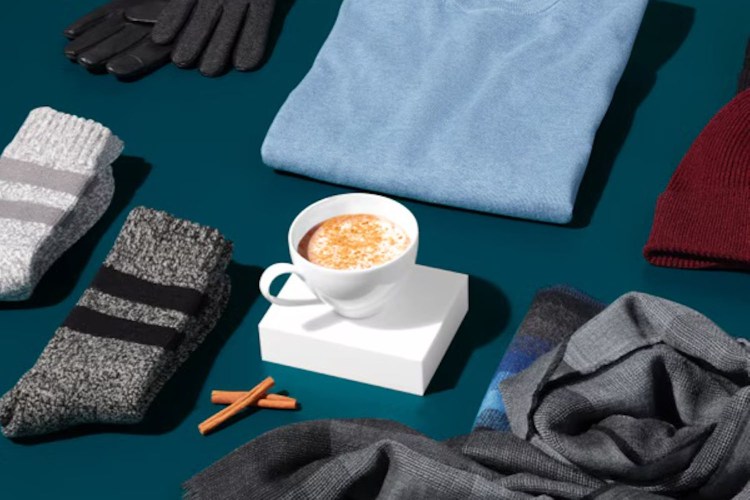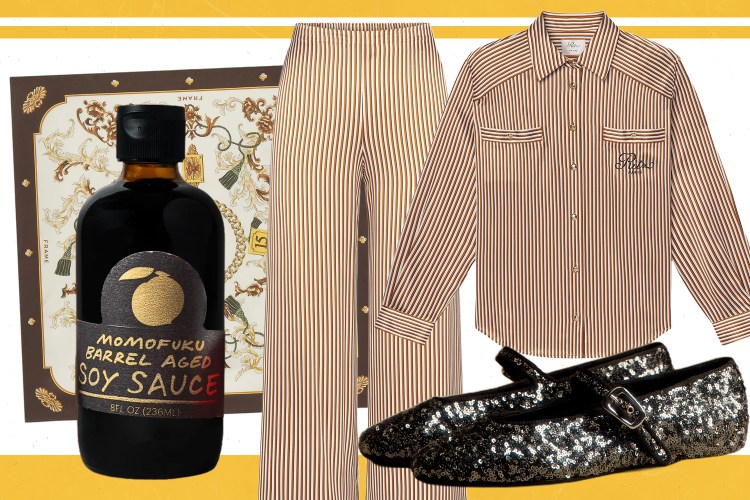Your at-home cocktails should follow a storied adage: Keep it simple, stupid. But also: Have fun with it, starting with the sweet stuff.
It’s called simple syrup, but the ubiquitous sweetener for your cocktail is endlessly versatile and can add real depth and character to your drinks beyond a sugar rush — provided you think beyond the standard 1:1 mix of water and sugar.
There are a ton of ways to go about that. You can switch out the sugar for honey or agave. You can add mint or basil or lime. And you can play around with ratios. Overall, a simple, um, simple-syrup variation can elevate even the most basic cocktail.
To help us learn the basics, we asked Pernod Ricard USA’s National Mixologist, Kevin Dentonk, for some tips.
Altering syrups and infusing alcohol aren’t the same
“Sugar and alcohol are both amplifiers of flavor, but they’ll give you different characters,” says Denton. So if you infuse, say, raspberry into gin, it’s going to taste much different than blending raspberry into a syrup. “Infusing alcohol gives you something more volatile, but infusing that same flavor into the sugar gives your drink punchiness and juiciness. It helps out the bottom end.”
Simple syrup doesn’t go bad …
… if you store it correctly. But you’ll need a good, tight glass container (“Plastic will give it on off flavor eventually,” says Denton). One trick? To avoid crystallization, add the tiniest amount of vodka to your mix. Use Mason jars or old wine bottles for storage.
The type of sugar you use is important
The sugar you use depends on the application. “In Old Fashioneds and stirred cocktails, where you want richness and sweetness, Demerara has more character,” says Denton. But stick with white sugars with more complex cocktails, sours or delicate spirits and recipes. “It’s better at getting out the way. For those, it’s the bass player standing in the corner.”
You don’t need to boil the water
Any online simple syrup recipe probably calls for you to mix equal parts sugar and water in a small pan then stir over a moderate heat until it simmers. “If you have to make it quickly, put the mixture in Tupperware and shake the snot out of it,” says Denton. Bonus: You won’t have to wait as long for it to cool down if you don’t heat it up too much.
If necessary, use filtered water to make the syrup
“I don’t fuss about it too much, but if you’re not comfortable with what’s coming out of your tap, use filtered water for your syrup,” says Denton.

Don’t hold that 1:1 ratio too dearly
Denton uses a 2:1 ratio of sugar-to-water if he wants something “more robust.” Then, if the recipe calls for an ounce of the syrup, he’ll substitute his new ratio-ed mixture but at half an ounce. Basically you’re getting the same sugar but with less liquid.
Be careful when adding herbs
They can be delicate. “The most rookie mistake, and I’ve tasted this a billion times, is basil simple syrup,” says Denton. “Basil is light and aromatic, but people manhandle it and it’ll get rancid.” Another herb to mind? Mint. “If you want to infuse basil or mint, get a big bunch, combine with the simple syrup at room temperature and don’t agitate or muddle. Just let it rest. You’ll get the flavors pulled out without any damage.” Let it steep like sun tea for 20-30 minutes and then garnish your drink with the same infused ingredient. “The olfactory is driving the taste, so you’ll smell it when you’re drinking it and the simple syrup mixture will reinforce it,” says Denton.

It’s not all about sugar
“Honey syrup is the way to go in many situations, particularly American whiskey cocktails,” says Denton. “There’s already a sweetness to bourbon that this’ll amplify, and honey gives it character.” It’s also good for other matured spirits, like rums and Cognac. Plus, you can play around with flavors depending on the type of honey.
And a few syrup and cordial recipes from Denton …
Citrus Cordial
250 g sugar
8 oz or 240 ml hot water
1.5 oz or 45 ml lime juice
1.5 oz or 45 ml freshly grated lime peel
1 oz or 30 ml citric acid
Combine in glass; stir.

Citrus Oleo-Saccharum
Sugar
Peels of a citrus fruit of your choosing
Herbs
Muddle 1.5 oz or 45 ml superfine sugar with the peels of six citrus fruits in a Mason jar or non-reactive glass container. (You can add fresh herbs to the sugar/citrus mix to flavor the oleo as well. Works great with leftover rosemary and mint.) Rest the mix overnight or at least 8 hours.
To create a shrub or sherbet: Add an equal volume of citrus juice to the oleo saccharum and incorporate. Strain. The shrub can be used as a base for lemon/limeade or can be shaken with an equal amount of base spirit for a quick and delicious cocktail.
Pineapple-Scrap Tepache
Scraps from two pineapples (excluding leaves): This can be leftover wedges, skins and the core; it should fill a half-gallon glass container
1 cup brown sugar
4 cloves
.5 cup light beer to help jump-start fermentation
8 cups water
Combine sugar and water, then add all ingredients to a one-gallon glass jar. Cover with cheesecloth or a towel and leave in a cool, dry place for 3-4 days. A white foam will appear at the top of the jar – scoop out and discard. It’s not going to hurt you, it’s just not delicious! Strain and enjoy over ice.
Every Thursday, our resident experts see to it that you’re up to date on the latest from the world of drinks. Trend reports, bottle reviews, cocktail recipes and more. Sign up for THE SPILL now.























